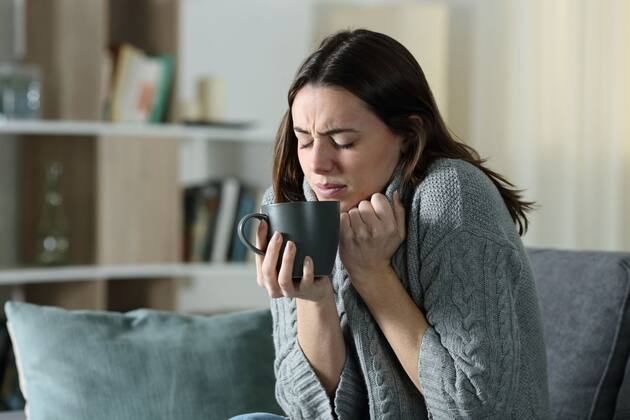When the temperature turns chilly, we dress warmly, sip hot tea, turn up the heat and snuggle up under a fluffy blanket. If we have to go out in the cold, it’s quite possible that we start to shiver. Even our teeth are chattering, we can’t do anything about it at first. But why are we shaking at all, where do these uncontrollable movements come from?
Trembling is a protective mechanism of the body that serves to protect our organism from cooling down when it is cold. Before this happens, however, a whole range of other protective functions in our body are activated. He starts contracting the small hair muscles, which leads to goose bumps. Our ancestors were much hairier than we are today, they had real fur on their skin. If your hair stood up in the cold, it offered an insulating cushion of air.
Nowadays, the fine hairs on our bodies hardly protect us against the cold. As a next step, the muscles of the arterial skin vessels contract. This reduces the blood flow to the skin in order to reduce heat loss. If we are still unsuccessful in maintaining our core temperature, the muscles under the skin also tense up and generate additional heat through the movement. If this tension increases, the muscles begin to tremble. Our body has turned on its heating, so to speak. If the jaw muscles are added, the famous chattering of teeth begins.
Even when we are afraid, our body may react by shaking. Regardless of whether we are afraid of an actual danger or only of an imagined danger, our organism reflexively wants to keep us alive. Our body is prepared for flight or fight by, among other things, warming up the muscles – in case we have to run away suddenly. As in the cold, the muscles are supplied with more blood and tense up. If this tension is very strong, we start to tremble. We are ready to flee: let’s go!
The original of this post “That’s why we tremble when it’s cold or afraid” comes from Teleschau.
